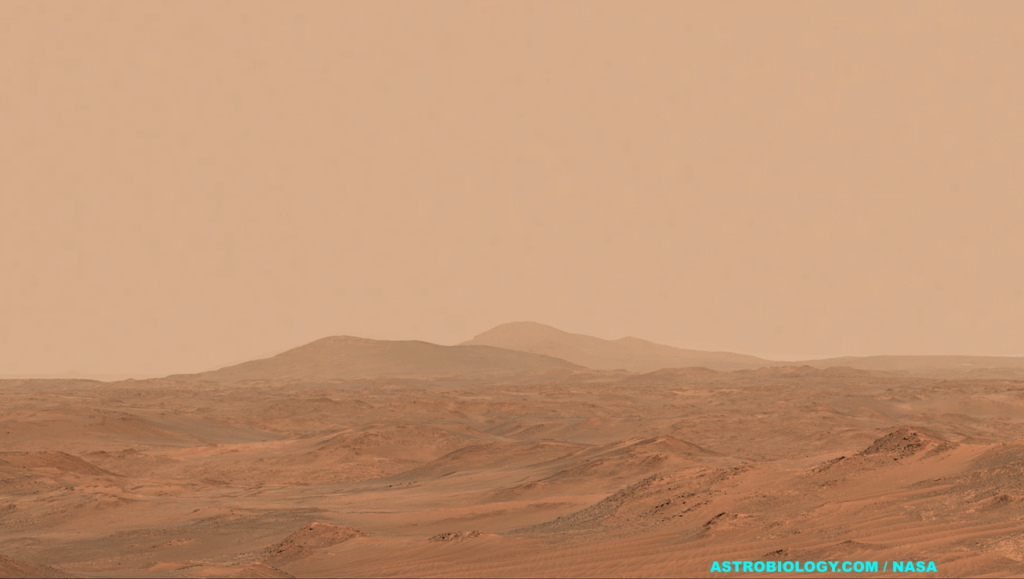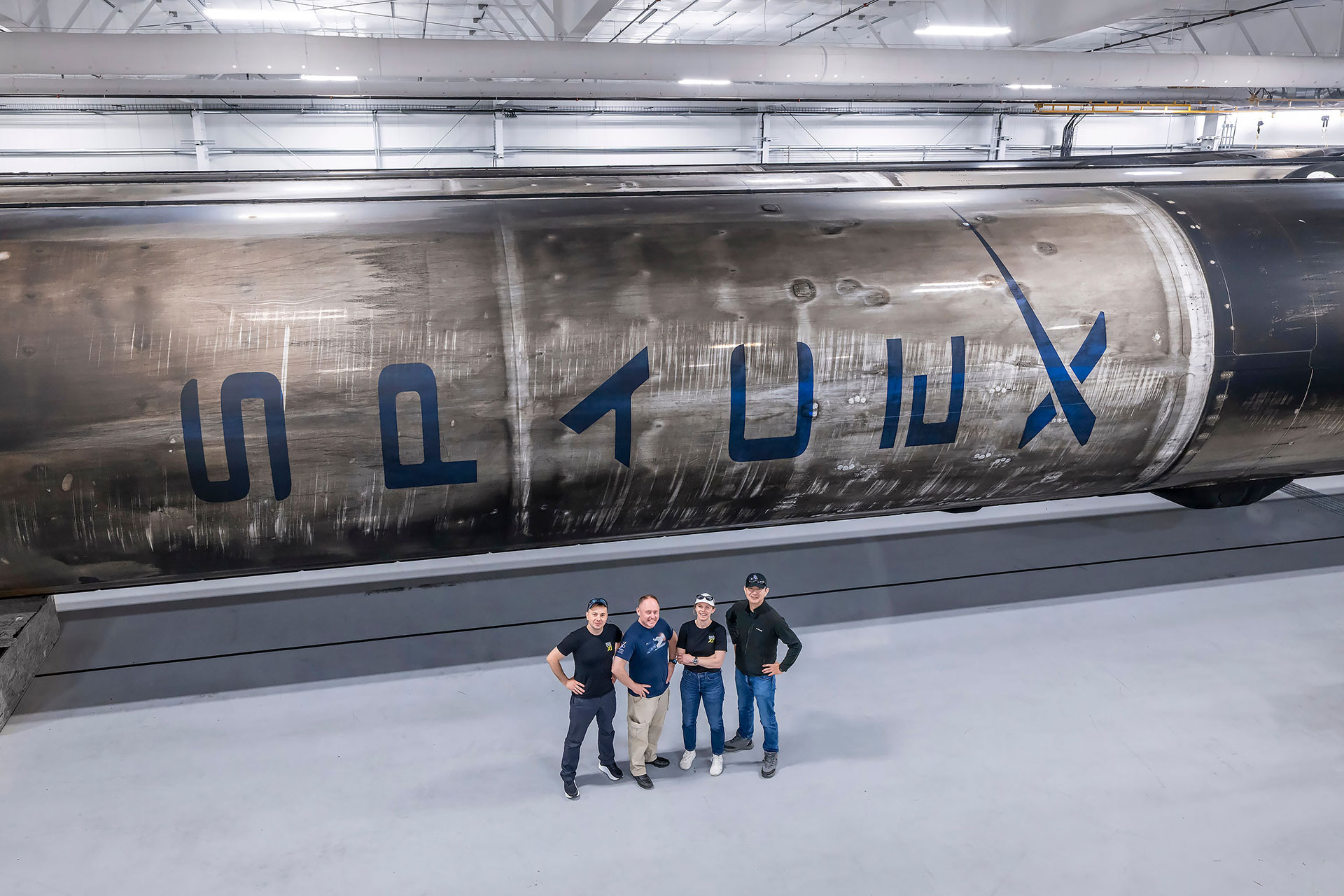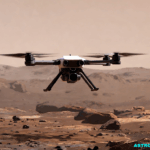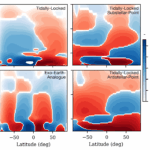Now Reading: The Feasibility Of Laser Satellite Communications From The Martian Surface
-
01
The Feasibility Of Laser Satellite Communications From The Martian Surface
The Feasibility Of Laser Satellite Communications From The Martian Surface

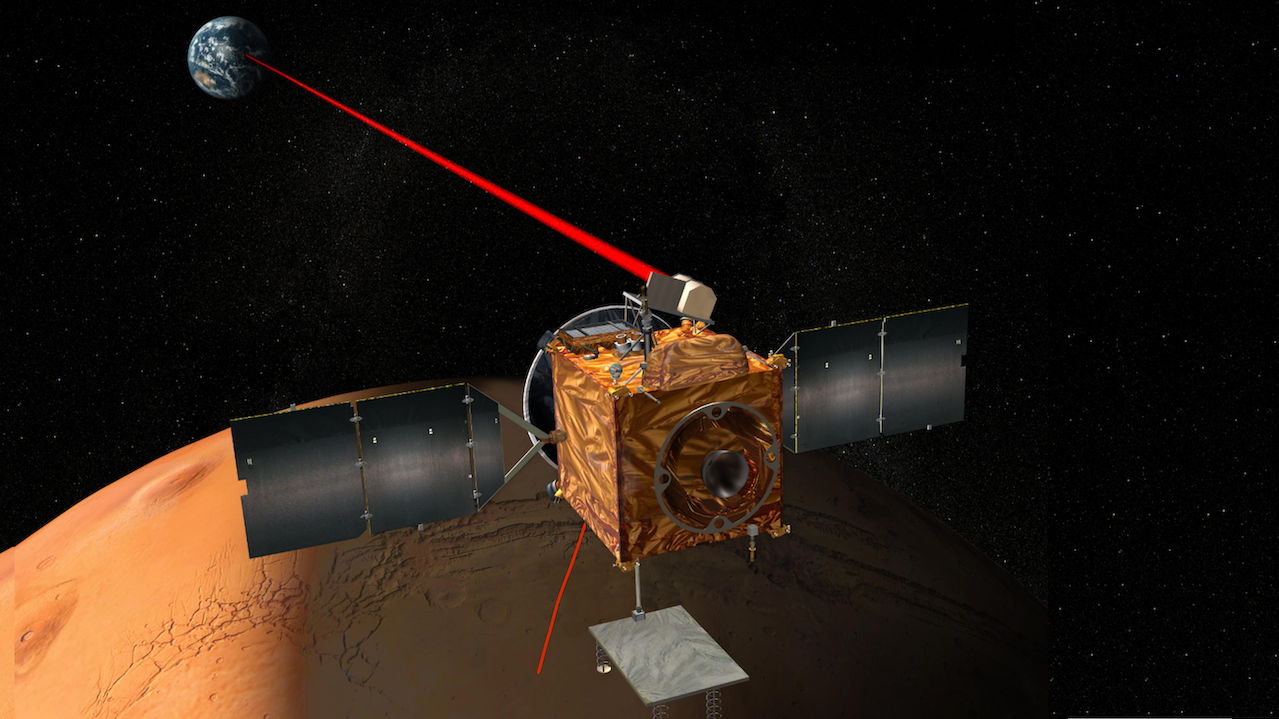
Laser communications from the surface of Mars — NASA/Astrobiology.com
Free space optical (FSO) communication using lasers is a rapidly developing field in telecommunications that can offer advantages over traditional radio frequency technology.
For example, optical laser links may allow transmissions at far higher data rates, require less operating power and smaller systems and have a smaller risk of interception. In recent years, FSO laser links have been demonstrated, tested or integrated in a range of environments and scenarios.
These include FSO links for terrestrial communication, between ground stations and cube-sats in low Earth orbit, between ground and satellite in lunar orbit, as part of scientific or commercial space relay networks, and deep space communications beyond the moon. The possibility of FSO links from and to the surface of Mars could be a natural extension of these developments.
In this paper we evaluate some effects of the Martian atmosphere on the propagation of optical communication links, with an emphasis on the impact of dust on the total link budget. We use the output of the Mars Climate Database to generate maps of the dust optical depth for a standard Mars climatology, as well as for a warm (dusty) atmosphere. These dust optical depths are then extrapolated to a wavelength of 1.55 um, and translated into total slant path optical depths to calculate link budgets and availability statistics for a link between the surface and a satellite in a sun-synchronous orbit.
The outcomes of this study are relevant to potential future missions to Mars that may require laser communications to or from its surface. For example, the results could be used to constrain the design of communication terminals suitable to the Mars environment, or to assess the link performance as a function of ground station location.
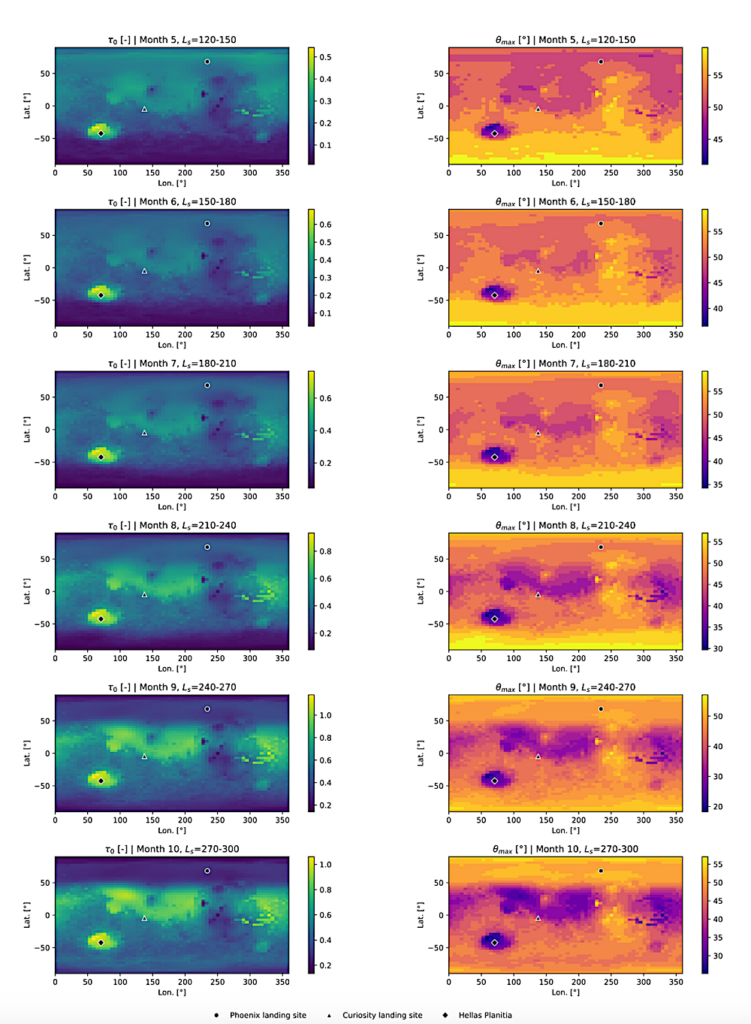
Results for the “climatology” scenario from months 5-10. Left panel: MCD monthly mean dust column visible optical depth above the surface (τ0). Right panel: Maximum slant angle allowed between ground station and satellite assuming a minimum acceptable margin of 3 dB (θmax), calculated using the air mass scaling model (Sect. 3.4.1). The Hellas Planitia and the Phoenix and Curiosity landing sites are marked on the map. — astro-ph.IM
Eva Fernandez Rodriguez, Zachary C. Rowland, Roderik A. Overzier
Comments: 75th International Astronautical Congress (IAC), Milan, Italy, 14-18 October 2024
Subjects: Instrumentation and Methods for Astrophysics (astro-ph.IM); Earth and Planetary Astrophysics (astro-ph.EP); Signal Processing (eess.SP)
Cite as: arXiv:2504.16955 [astro-ph.IM] (or arXiv:2504.16955v1 [astro-ph.IM] for this version)
https://doi.org/10.48550/arXiv.2504.16955
Focus to learn more
Submission history
From: Zachary Christopher Rowland
[v1] Tue, 22 Apr 2025 20:04:25 UTC (1,936 KB)
https://arxiv.org/abs/2504.16955
Astrobiology,
Stay Informed With the Latest & Most Important News
Previous Post
Next Post
-
 01From Polymerization-Enabled Folding and Assembly to Chemical Evolution: Key Processes for Emergence of Functional Polymers in the Origin of Life
01From Polymerization-Enabled Folding and Assembly to Chemical Evolution: Key Processes for Emergence of Functional Polymers in the Origin of Life -
 02Panasonic Leica Summilux DG 15mm f/1.7 ASPH review
02Panasonic Leica Summilux DG 15mm f/1.7 ASPH review -
 03How New NASA, India Earth Satellite NISAR Will See Earth
03How New NASA, India Earth Satellite NISAR Will See Earth -
 04And Thus Begins A New Year For Life On Earth
04And Thus Begins A New Year For Life On Earth -
 05Astronomy Activation Ambassadors: A New Era
05Astronomy Activation Ambassadors: A New Era -
06SpaceX launch surge helps set new global launch record in 2024
-
 07Two Black Holes Observed Circling Each Other for the First Time
07Two Black Holes Observed Circling Each Other for the First Time












